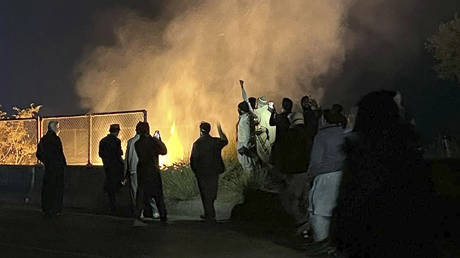Total solar eclipses only happen in the same spot once every 300 or 400 years, so it’s no surprise that a team of researchers at Indiana University recently jumped on the opportunity to use this natural experiment to better understand how light affects wild birds.





